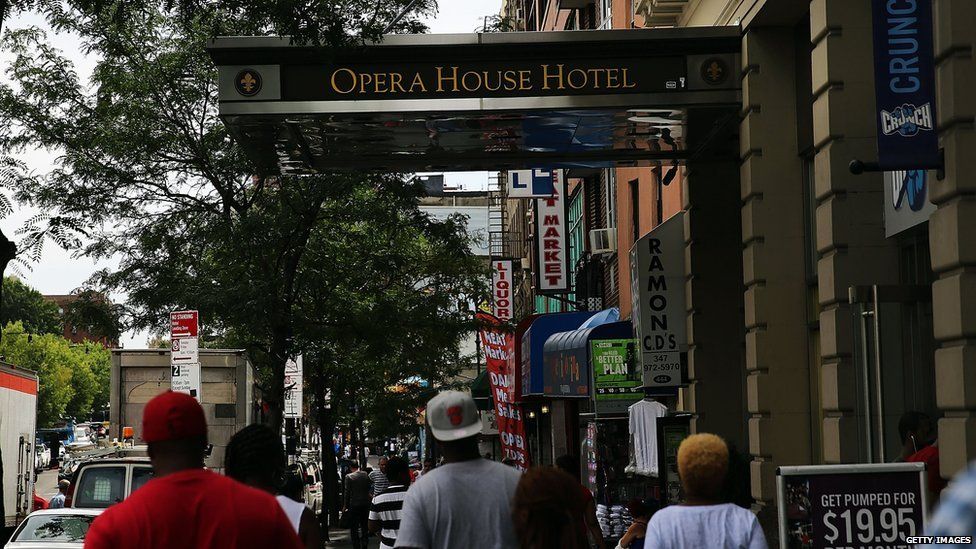Legionnaires' outbreak widens to 12 dead in New York
- Published

An outbreak of Legionnaires' disease in New York - largest in the city's history - has left at least 12 people dead and health officials scrambling to contain the deadly bacteria.
More than 100 cases have been reported in the South Bronx, one of the city's poorest neighbourhoods.
Officials have traced the legionella bacteria to cooling towers in more than a dozen buildings.
The elderly are especially at risk from this form of pneumonia.
All but one of the 12 victims were older than 40 years old and all of them had underlying health problems.
Cleaning crews have been dispatched across the Bronx to kill the bacteria. The disease is not transmitted person to person. It is primarily spread via air conditioning and similar systems.
"We are dealing with a new set of realities we have never experienced that we have never encountered before in this city,'' New York Mayor Bill de Blasio said on Monday.
The disease has a 10-day incubation period, which has caused a lag in the reporting of cases. But Mr de Blasio and New York health officials believe that there has not been a new case since 3 August.
The response has been muddled by a lack of coordination between city and state health officials.
On Monday, New York Governor Andrew Cuomo and Mr de Blasio held duelling news conferences, at times offering conflicting information.
The response to the outbreak is the latest in a series of incidents where the men - Democrats who claimed to be friends - have been at odds.